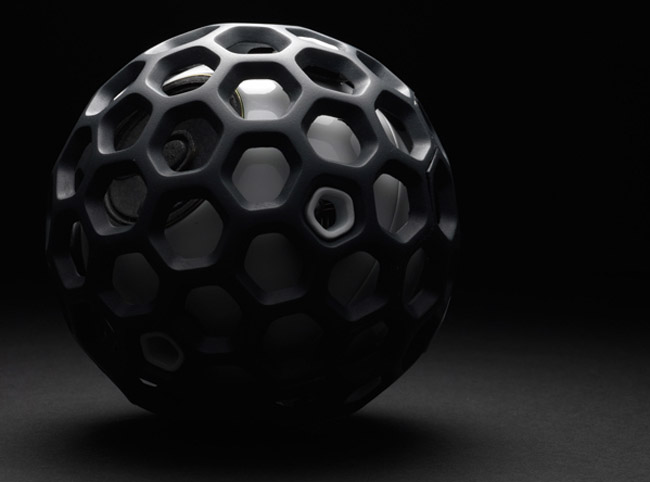 You turn on a radio and the connection starts – it’s very personal.
You turn on a radio and the connection starts – it’s very personal.
Anger, sadness, joy and wonder can all roll in the next 20 minutes as announcers present stories to listeners to capture their attention, imaginations and emotions.
Radio is a special type of communication. A radio interview is an audio story that adds immediacy and feedback to the other features of audio – it presents ‘breaking’ stories immediately in front of listeners and implores them to react to the story.
Read my general thoughts on audio stories here.
While radio is regarded by some as an out-dated communication medium, to contradict a popular song of the 1980s, video (or computers) did not kill radio, or its stars.
Indeed, I believe radio, while predating television by 40 years, is as powerful now as ever as a communication medium.
However, radio has changed. While still available in its traditional broadcast format, digital radio and related podcasts can be stored online, ready to be retrieved by any interested listener with reasonable online access.
This has improved the reproduction and storage of radio stories, and made it easier to distribute via social media. Researchers (and radio producers) can now return to earlier stories and re-use or update them much easier.
These changes have also led to radio listeners becoming more segmented, more ‘tribalised’ audiences. This means greater care is needed in the development of messages for different groups, and in the selection of the ‘right’ radio stations for interviews with researchers.
Radio is not all the same. Radio stories can be recorded in different formats, each of which places different pressures on interviewees:
- Pre-recorded interviews allow greater detail and supplementary sounds to be incorporated into the story. Providing interviewers with additional data, background information and even recorded sounds such bird and frog calls can help improve these stories.
- Live-to-air interviews lend immediacy and drama to a story, but requires great concentration and some preparation for the interviewee.
- Talkback radio, arguably the most stressful and rewarding type of radio, provides immediate feedback to the interviewee in a conversational space and can have immediate impact.
Radio messages need to be carefully crafted. Researchers (and their media advisers) could consider the:
- main message(s) to be broadcast;
- audiences for these messages;
- project deadlines and best timing for messages;
- emotions to convey in the interview;
- personal stories that can elaborate on messages;
- additional background information and pictures to convey to the interviewer;
- type of interview and interview venue – would the interview be best recorded in the radio studio with the interviewer, on a mobile phone in the field, or in your office on the landline (where you have your information and notes around you)?
Radio is a powerful medium with some careful planning and consideration, especially when combined with podcasting and online storage.
To help you develop radio messages for your research story, contact The Comms Doctor® via email contact@thecommsdoctor.com.au or visit the Comms Doctor® website.

